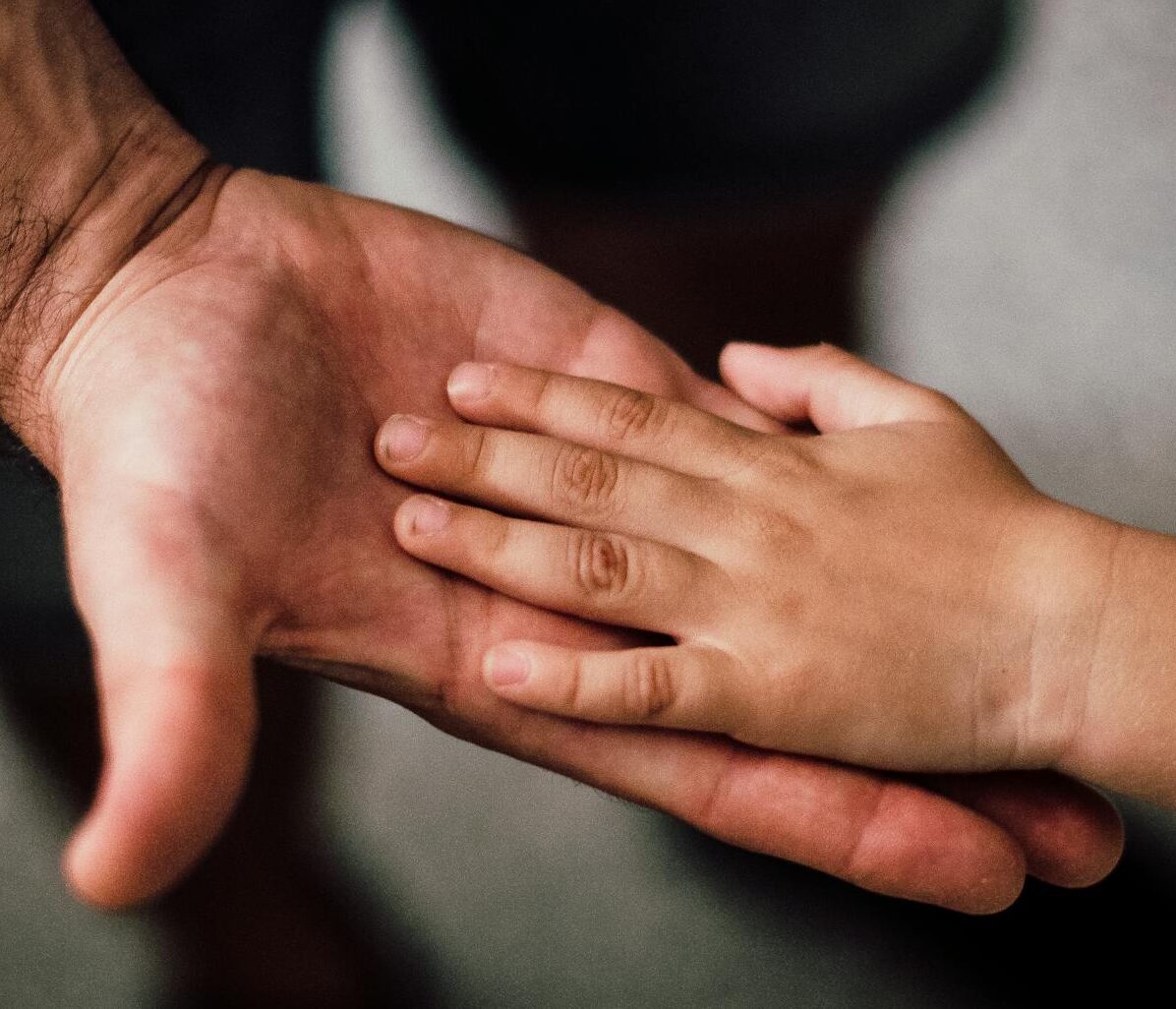From Shadow to Light: A Journey of Self-Acceptance and Inner Work
A reflection on taking responsibility, embracing our shadows, and finding liberation through conscious awareness
This past week has been transformative in ways I’m still processing. Sometimes the most profound realizations come not from books or conversations, but from diving deep into the uncomfortable spaces within ourselves—those shadowy corners we’d rather avoid.
The Mirror of Others
One of the most humbling realizations I’ve had is this: the people who trigger us most are often mirrors reflecting our own unresolved aspects. For years, I placed blame on certain individuals for my problems, crafting elaborate stories about how they were the source of my struggles. But what if they’re simply reflecting back what I’m putting out into the world?
This shift in perspective changes everything. When someone pushes our buttons, instead of immediately pointing fingers, we can ask: “What in me is being activated right now?” It’s not about taking blame for others’ actions, but about taking responsibility for our own responses and the energy we bring to every interaction.
The Illusion of the High Road
There’s a particular kind of spiritual bypassing that I’ve caught myself doing—taking what feels like the “high road” or feeling momentarily enlightened after a breakthrough. But true growth doesn’t live in these peak moments. It lives in the shadow work, in the willingness to examine the parts of ourselves that make us uncomfortable.
The shadow contains our repressed emotions, our limiting beliefs, and those unconscious patterns that run our lives from behind the scenes. Carl Jung knew what he was talking about when he said we don’t become enlightened by imagining figures of light, but by making the darkness conscious.
Wrestling with the Unconscious
Here’s the challenge: How do you examine something that exists outside of conscious awareness? The subconscious mind is vast, and so many of our limiting beliefs operate like background programs, influencing our reality without our knowledge.
The answer, I’ve found, lies in radical self-reflection during moments of conflict or discomfort. When problems arise, instead of immediately looking outward for someone to blame, we can turn inward and ask: “What role did I play in creating this situation? What belief or pattern in me attracted this experience?”
It’s humbling work. It requires us to sit with silence and loneliness, to really examine our motivations and reactions. But in that space of honest self-inquiry, we often discover the very beliefs that have been limiting us.
Dancing with Demons
Not all shadow work happens in quiet contemplation. Sometimes we need to move, to shake loose what’s stuck in our bodies and energy fields. Music and dance have an incredible power to help us process and release what we’ve been carrying.
There’s something magical about letting rhythm and melody work through us, allowing our bodies to express what our minds can’t quite articulate. In those moments of musical flow, we can literally feel trapped energy being liberated from our hearts and nervous systems.
As one lyric puts it: “He trained his demons to behave, now they whisper strategy.” The goal isn’t to eliminate our shadow aspects entirely—that’s neither possible nor desirable. Instead, we learn to work with them consciously, transforming their destructive potential into wisdom and strength.
The Art of Slowing Down
Perhaps the most practical insight from this journey is the need to slow down. I’ve noticed that I often process experiences after the fact, when it’s too late to respond consciously in the moment. The antidote is intentional deceleration—creating space between stimulus and response so that wisdom can catch up to circumstance.
In a world that rewards quick reactions and immediate responses, choosing to pause and reflect can feel revolutionary. But it’s in that pause that consciousness has a chance to illuminate what might otherwise remain hidden.
Moving Forward
This work of self-acceptance and shadow integration isn’t a destination—it’s an ongoing practice. Some days we’ll catch ourselves falling back into old patterns of blame and projection. Other days we’ll feel the lightness that comes from releasing what we’ve been carrying.
The key is approaching ourselves with compassion while maintaining the courage to look honestly at what we find. In the light of conscious awareness, even our demons lose their power to control us from the shadows.
What practices help you examine your own shadows? How do you navigate the balance between taking responsibility and avoiding self-blame? Share your thoughts in the comments below.
